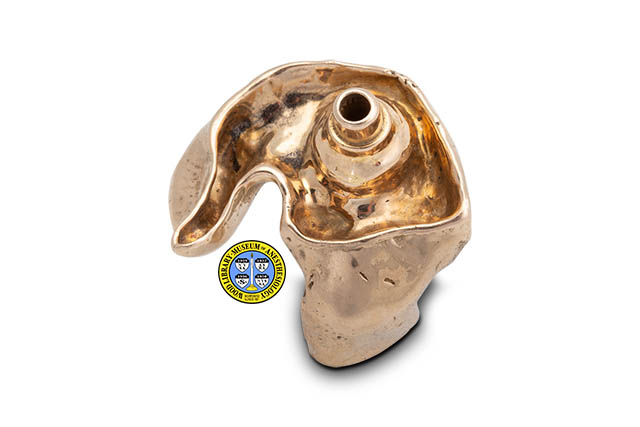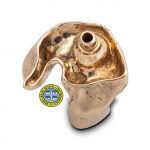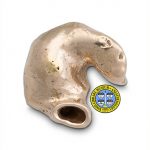Custom Earpiece
Responsible for managing the patient's vital functions during surgery, anesthesiologists may use a variety of equipment to monitor vital signs. The first stethoscope was invented in 1816. To hear the sounds made by the patient's heart or lungs, one end of the wooden tube was held to the patient's chest and the other to the physician's ear. By the late 19th Century monaural (one-ear) stethoscopes had largely been replaced by the familiar binaural (two-ear) instrument.
In the operating room binaural stethoscopes can isolate the physician from other important sounds, such as the audible warning signals produced by many electronic monitors. Anesthesiologists may need to wear a stethoscope throughout a lengthy surgery, and even relatively soft mass-produced earpieces may become painful to wear over time. In the mid-20th Century a new type of monaural stethoscope that addressed both of these problems came into use. It consisted of a diaphragm (the chestpiece), a single flexible tube, and a custom-made earpiece that was molded to fit the individual physician's outer ear. This configuration may have been introduced in 1960 as a component of the Ploss Valve. The custom earpiece shown here was made for Anthony J. DiGiovanni, M.D. (1918-2006).
Catalog Record: Custom Earpiece Contact [email protected] for catalog record.



